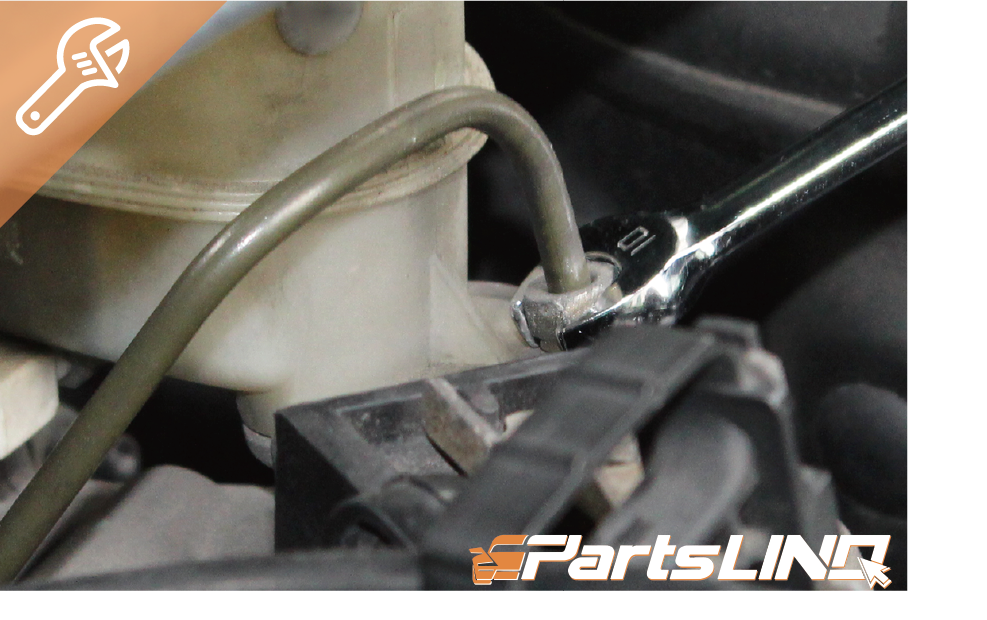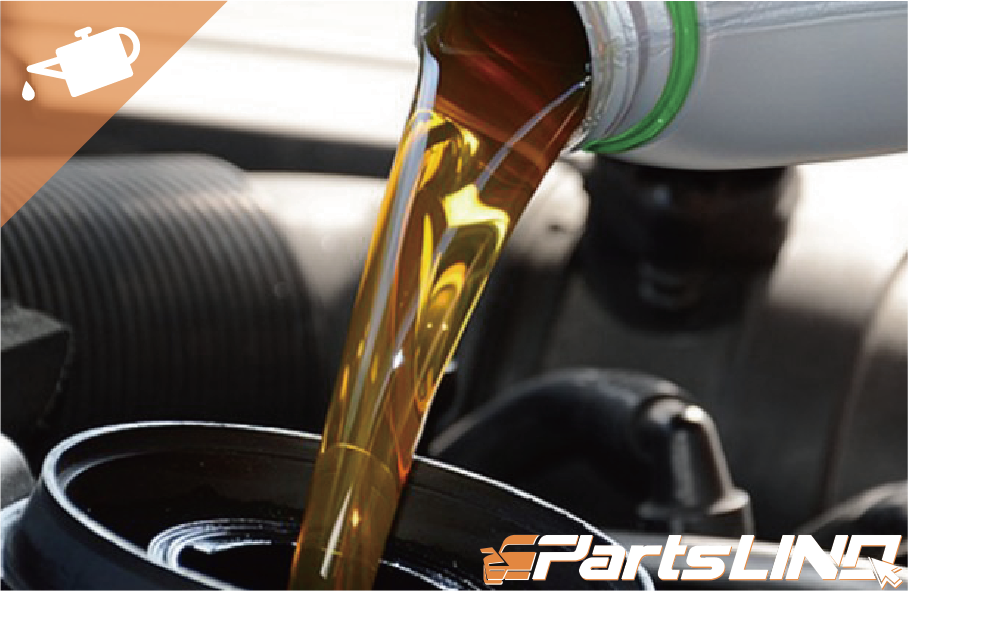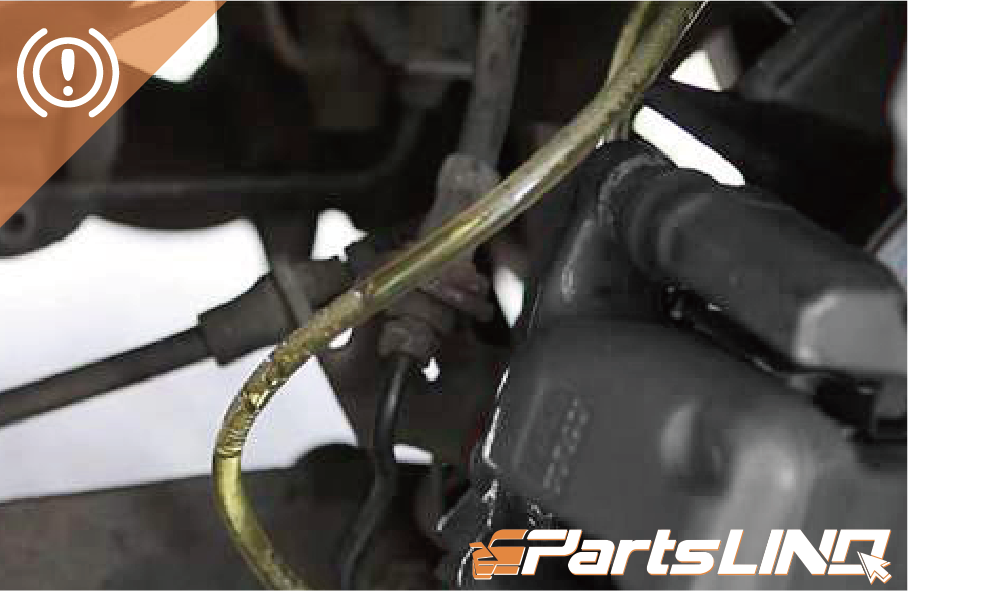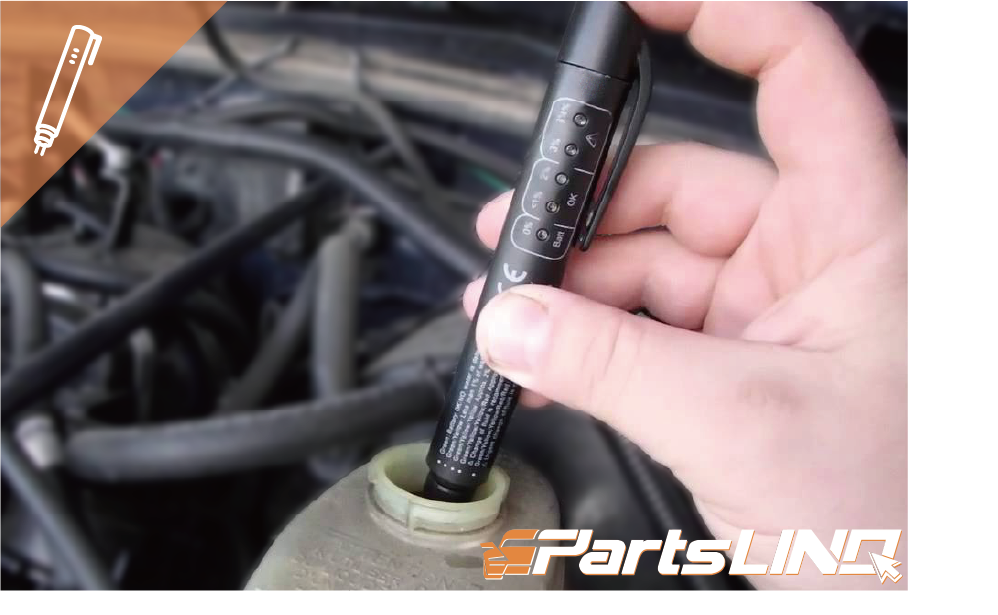Hydraulic master cylinders are safety components that require proper installation to avoid any safety hazard. In this article, PartsLINQ recommends you with the 4 major guidelines of professional installation for smooth and safe braking.
1. Brake Fluid Line
When dismantling or re-locate the hydraulic cylinder, always take extra care with the brake fluid line to prevent possible brake fluid leakage.

- Do NOT bend or twist brake fluid line.
- Double-check mounting bolt threads for wear.
- Check factory torque settings when tightening.
2. Brake Fluid
Brake fluid is a type of hydraulic fluid used in hydraulic brake and hydraulic clutch applications in automobiles. It is used to transfer force into pressure, and to amplify braking force.

- Use only New & Factory Approved brake fluid.
- Universal Standards for Brake Fluid : DOT/3/4. SAEJ1703, ISO 4925.
- ‼️ A Serious malfunction can occur by using improper brake fluid.
3. Brake Bleeding and Pedal Response
Brake bleeding is the necessary procedure performed on hydraulic brake systems whereby the brake lines are purged of any air bubbles, as the presence of them in the brake system greatly reduces the hydraulic pressure that can be developed within the system.

- Bleed brakes properly according to factory guidelines.
- Make sure brake fluid level is above MIN level.
- Check brake pedal position and confirm positive pedal response.
4. Check Periodically for Maximum Braking Performance
Brake fluid is subjected to very high temperatures, hence It must have a high boiling point to avoid vaporizing in the lines. This vaporization is problematic because vapor is highly compressible relative to liquid, and therefore negates the hydraulic transfer of braking force even might fail to stop the vehicle. Quality standards refer to a brake fluid’s “dry” and “wet” boiling points. The wet boiling point, which is usually much lower comparing with the fluid’s boiling point after absorbing a certain amount of moisture. The amount is around 4 percent, but varying from formulation to formulation.

- Brake fluid absorbs moisture and oxygen over time, use brake fluid tester periodically to ensure maximum braking performance.
- If moisture level exceeds 4%, replace brake fluid immediately according to factory procedures and specifications.

